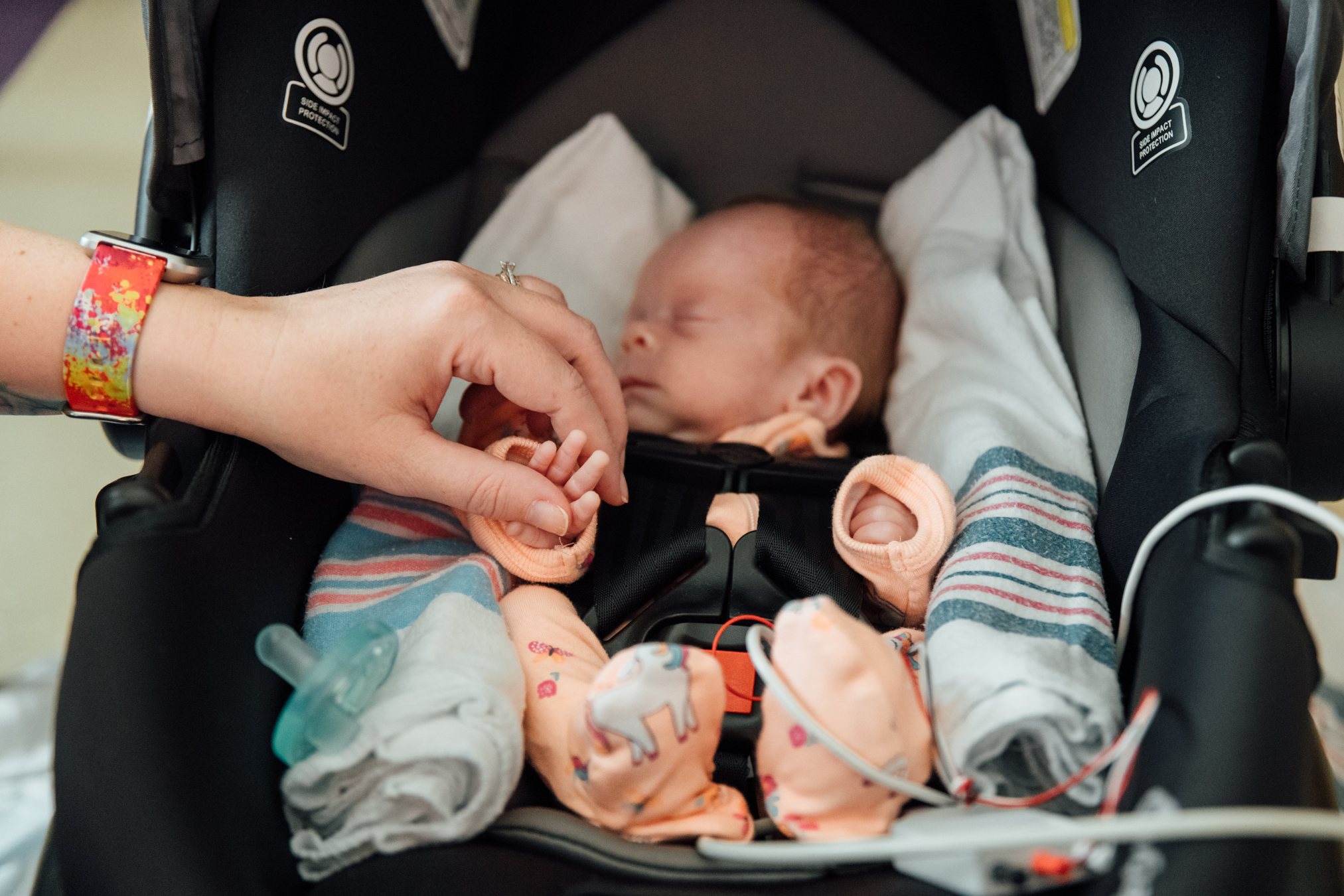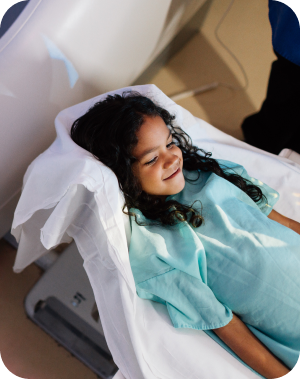pierre robin sequence


about condition
Pierre Robin sequence (PRS) is a congenital condition (present at birth) and first described in 1891. It was later named after a dental surgeon, Dr. Pierre Robin, who published his first case in 1926. He described the complete sequence-causing characteristics: small lower jaw, tongue retraction and cleft palate, which can lead to airway obstruction. PRS is a sequence of physical changes in the oral cavity (mouth and jaw area) that occur during the pregnancy.
There are two types: Isolated PRS and Syndromic PRS; the former is an isolated sporadic event, while the latter occurs as part of a craniofacial syndrome.
symptoms
In the Pierre Robin sequence of changes during pregnancy, the lower jaw stops growing at the typical rate, which then causes the tongue to retract towards the back since it doesn’t have sufficient room. As a result, the tongue disrupts the hard palate (roof of the mouth) from closing and forming correctly. This leaves an opening, causing the cleft palate. (Syndromic PRS cases will use their own condition name and more symptoms will be noted under those conditions.) Almost all PRS cases will include these symptoms:
- Small/recessed jaw (micrognathia/mandible)
- Retraction or falling back of tongue (glossoptosis)
- Most often an opening in roof of mouth (cleft palate)
- Airway breathing issues (may require tracheostomy or other medical intervention such as lower jaw/mandible distraction)
- Eating and speech difficulties
how do I know if my child will be born with PRS?
Sometimes when an ultrasound is performed during pregnancy, a doctor may notice non-typical signs which require additional testing. The ultrasound may reveal a possible cleft palate, or there may be extra amniotic fluid which may indicate the baby is having trouble swallowing it. It may also indicate a craniofacial condition if the ultrasound indicates other physical structures not forming typically. Presently, there is no known method of genetic testing to identify Isolated PRS in pregnancy or otherwise. (However, genetic testing may be possible if Syndromic PRS is known or suspected.) After birth, a clinical exam can help determine if your baby has Pierre Robin or if part of a bigger syndrome. More testing such as x-rays or CT scans may also be performed.


how do you treat Pierre Robin sequence?
The treatment of PRS is focused on the specific symptoms apparent in each individual since the symptoms can vary widely depending on the condition involved. This can involve the placement of a tracheostomy (tube inserted in the neck for breathing), craniofacial surgery for enlarging the airway and procedures such as cleft palate repair. If the child has PRS associated with a syndrome, then several different specialties may be involved during their lifetime which may include reconstructive plastic surgery, ophthalmology, pulmonology, otolaryngology (ENT), orthodontics, dental care and more.
faqs
About pierre robin sequence
The estimated prevalence of PRS varies somewhere between 1 in 8,500 to 14,000 individuals. It affects males and females equally.
Yes, PRS is a birth occurrence. Isolated PRS is thought to be a sporadic event or new mutation change and not inherited. Syndromic PRS means it occurs as part of a bigger condition, and depending on which condition, it could follow an autosomal dominant pattern. If a dominant pattern, the associated syndrome has a 50 percent chance of being passed from an affected parent to their child. A child inheriting the syndrome will have the same 50 percent chance of passing it on to their offspring.
Even though surgeries may often be in their future, individuals with PRS can have a normal life span.
- In Isolated PRS, researchers note that DNA near a gene called SOX9 is the most commonly affected region. In that case, affected individuals often have mutations in regions of DNA that positively modulate SOX9’s activity (enhancers). If these DNA areas become changed (damaged), the SOX9 gene’s activity is reduced, thereby causing the craniofacial malformations to occur.
- In Syndromic PRS, the conditions vary; therefore, the genetic information will differ with each condition.
- Treacher Collins syndrome
- Stickler syndrome
- 22q11.2 deletion syndrome: Also known as:
Velocardiofacial syndrome
DiGeorge syndrome
Some other conditions that are known to be associated are:
- Chromosome 11, partial trisomy 11q, trisomy 18 syndrome, cerebro-costo-mandibular syndrome, Catel Manzke syndrome, campomelic dysplasia, Moebius syndrome and CHARGE syndrome
related blogs
here when you need us
Whether you’re looking for the right provider, ready to make an appointment, or need care right now—we’re here to help you take the next step with confidence.


